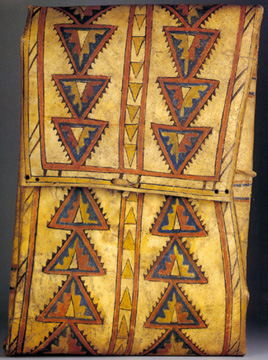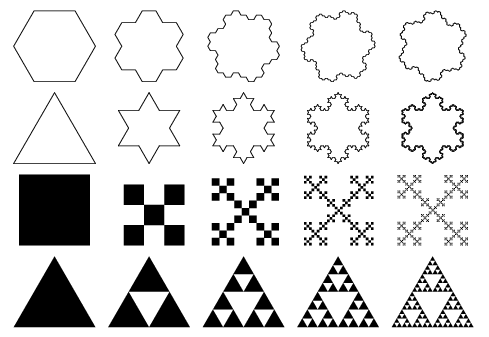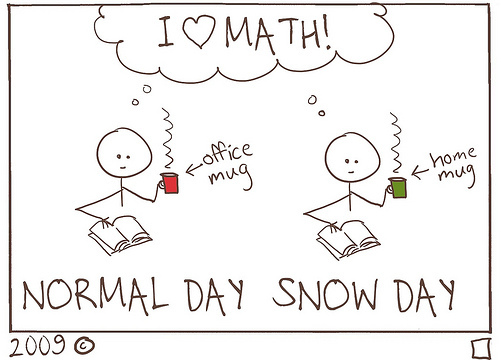 |
| War Record Robe |
 |
| Counting Coup Stick |
In class, students drew up several stories using their own meaningful symbols. For example, one student recounted the events of last week's full moon ceremony using just a simple addition story. It contained people coming in from different communities, a full moon and stars, as well as items needed in the ceremony (for example the water and drum). Another student commented how similar these picture stories are to the ancient Egyptian tombs, recounting the histories of the kings with hieroglyphs.
From a mathematical perspective, these stories are important for us to analyze. You might recognize that taking away an element from the story will change the story's consequences -- much like in a math equation. We explored different ways of compensating for making a change, much like you would do in algebra.
For example, if we have the equation 3 + 4 = 7 and we change the 4 to a 2, we tried to find different ways in which we could do something to the story to compensate for the change. (We came up with four ways -- how many ways can you come up with?)
Joke: What kind of clothing does a mermaid wear? ... An algae-bra!
After the break, we played a counting game with 12-sided dice and Monopoly money. Everyone started with $20 and we took turns rolling the dodecahedra. Integers between -6 and +6 are on each die: a negative roll meant we had to give away that amount; a positive roll, we were given it. Rolling two together meant we had to solve the overall value first!
 |
| Dodecahedron: a polyhedron with 12 flat faces |
Tomorrow we'll continue our algebra introduction with some more activities...
Posted by Karen










